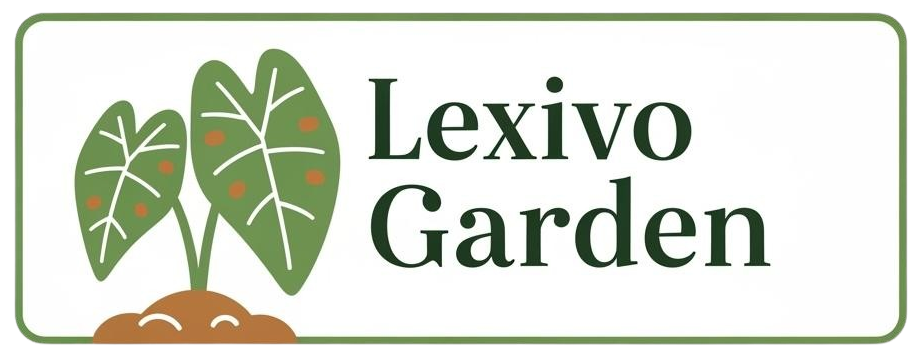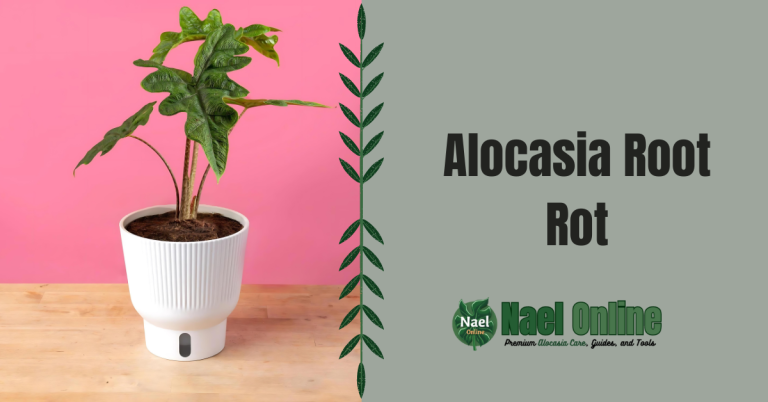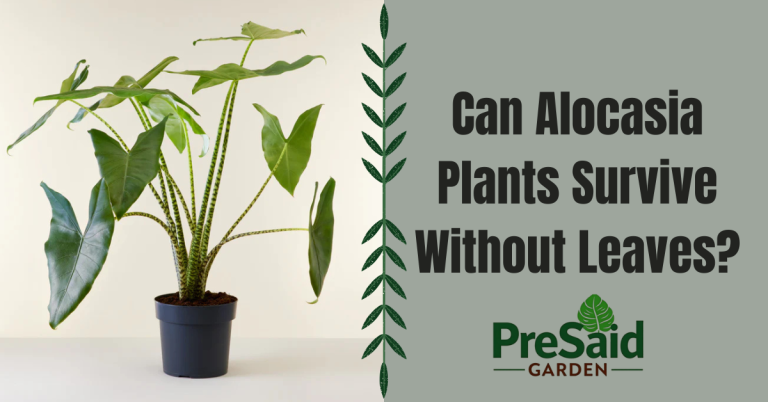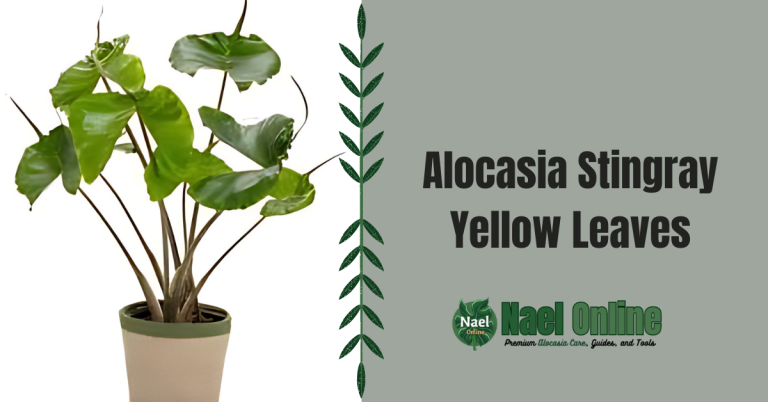Fungal Infections in Alocasia: Causes, Symptoms & Treatments

Hey there, fellow plant lovers! Lucas William here from Lexivo. If you’ve stumbled upon this post, chances are you’re dealing with a pesky fungal infection in your beloved Alocasia. Don’t worry, I’ve got your back! After 10 years of growing these stunning plants in the good ol’ USA, I’ve seen it all. Let’s dive into the nitty-gritty of fungal infection alocasia disease and how to kick it to the curb.
But before we get started, I want to let you know that we’ve got all the tools you’ll need to keep your Alocasia healthy and thriving in our shop. From top-notch pruning shears to specialized fertilizers, we’ve got you covered. Check out our selection at https://lexivo.com.ng/shop/ – your plants will thank you!
Understanding the Enemy: Common Fungal Infections in Alocasia
First things first, let’s get to know what we’re up against. Fungal infections in Alocasia plants can be sneaky little devils, often creeping up when you least expect them. Here are some of the usual suspects:
1. Leaf Spot Disease
This fungal baddie shows up as dark, circular spots on your Alocasia’s leaves. If left unchecked, these spots can grow and merge, turning your plant’s gorgeous foliage into a mess of brown, crispy leaves.
2. Root Rot
A silent killer, root rot attacks your plant below the soil line. It’s caused by overwatering and poor drainage, creating the perfect breeding ground for fungi to thrive.
3. Powdery Mildew
This fungus looks like someone sprinkled flour all over your plant. It starts as small, white spots on the leaves and can quickly spread if not dealt with promptly.
4. Botrytis Blight
Also known as gray mold, this fungus thrives in cool, damp conditions. It appears as fuzzy, gray growth on leaves, stems, and flowers.
Now that we know our enemies, let’s talk about how to spot them early and nip them in the bud.
Spotting the Signs: Early Detection of Fungal Infection Alocasia Disease
The key to winning the battle against fungal infections is catching them early. Here are some tell-tale signs to watch out for:
- Discolored leaves (yellow, brown, or black spots)
- Wilting or drooping foliage
- Fuzzy or powdery growth on leaves or stems
- Mushy or soft stems
- Foul odor coming from the soil
- Stunted growth or leaf drop
If you notice any of these symptoms, don’t panic! We’re about to dive into how to treat these pesky problems.
The Battle Plan: Treating Fungal Infections in Alocasia
Alright, plant warriors, it’s time to gear up and fight back against fungal infection alocasia disease. Here’s your step-by-step battle plan:
1. Quarantine
First things first, isolate your infected Alocasia. Fungi love to spread, so keep your sick plant away from its healthy buddies.
2. Prune and Clean
Grab those pruning shears from our shop (https://lexivo.com.ng/shop/) and cut away any infected parts. Make sure to disinfect your tools between cuts to prevent spreading the infection.
3. Improve Air Circulation
Fungi hate good airflow. Make sure your Alocasia has plenty of space around it and consider using a small fan to keep the air moving.
4. Adjust Watering Habits
Overwatering is often the culprit behind fungal infections. Let the top inch of soil dry out between waterings and always use well-draining soil.
5. Apply Fungicide
For stubborn infections, you might need to bring out the big guns. Choose a fungicide that’s safe for Alocasia plants and follow the instructions carefully.
Prevention: The Best Medicine for Fungal Infection Alocasia Disease

As the saying goes, an ounce of prevention is worth a pound of cure. Here’s how to keep those fungi at bay:
- Use sterilized potting mix
- Avoid overhead watering
- Provide adequate spacing between plants
- Clean up fallen leaves and debris regularly
- Use preventative fungicides during humid seasons
The Alocasia Care Cheat Sheet
To help you keep your Alocasia in tip-top shape and resistant to fungal infections, here’s a handy care guide:
| Aspect | Care Instructions |
|---|---|
| Light | Bright, indirect sunlight |
| Water | Keep soil moist but not soggy |
| Humidity | 60-80% |
| Temperature | 60-80°F (15-27°C) |
| Soil | Well-draining, rich in organic matter |
| Fertilizer | Balanced, liquid fertilizer monthly during growing season |
| Pruning | Remove dead or yellowing leaves as needed |
Remember, a healthy Alocasia is better equipped to fight off fungal infections. Stick to this care guide, and your plant will thank you!
FAQ: Your Burning Questions About Fungal Infection Alocasia Disease
Q: Can I save my Alocasia if it has root rot?
A: It depends on how far the rot has progressed. If caught early, you can trim away infected roots, repot in fresh soil, and nurse your plant back to health. Severe cases might be too far gone to save.
Q: Are fungal infections contagious to other plants?
A: Yes, many fungal infections can spread to other plants. That’s why quarantine is so important when you spot an infection.
Q: How often should I use fungicide on my Alocasia?
A: For prevention, applying a fungicide every 2-4 weeks during humid seasons can help. For active infections, follow the product instructions, which usually recommend weekly applications until the infection clears.
Q: Can I use natural remedies to treat fungal infections in my Alocasia?
A: Yes, some natural remedies can be effective. Neem oil, baking soda solutions, and cinnamon are popular choices. However, severe infections might require stronger, commercial fungicides.
Wrapping It Up: You’ve Got This!
There you have it, folks – your comprehensive guide to battling fungal infection alocasia disease. Remember, with the right knowledge and tools, you can keep your Alocasia healthy and thriving. Speaking of tools, don’t forget to check out our shop at https://lexivo.com.ng/shop/ for all your plant care needs.
Got more questions about Alocasia care or fungal infections? Drop a comment below or reach out to us at lexivo.com.ng. We’re always here to help you on your plant parenthood journey!
Happy growing, and may your Alocasias always be fungus-free!






